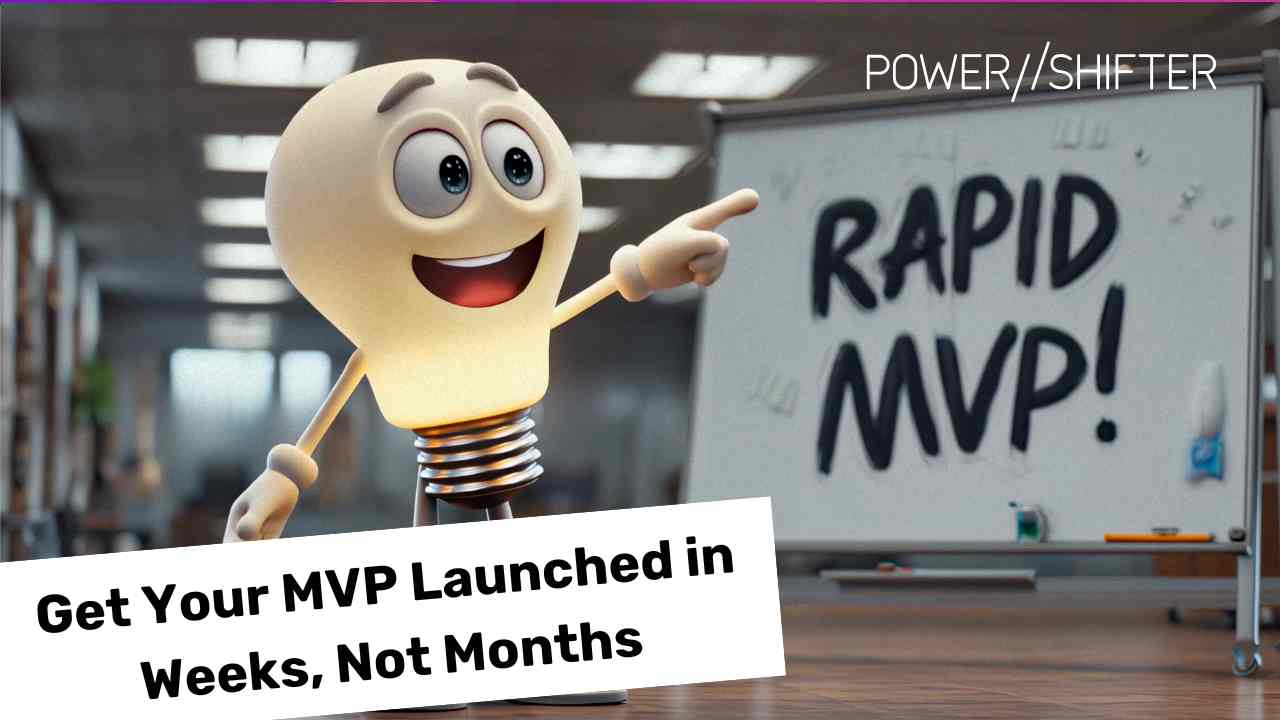Common Pitfalls in Migrating to Headless CMS: How to Avoid Costly Mistakes
Migrating to a headless CMS like Contentful or Sanity offers a wealth of benefits—flexibility, scalability, and the ability to deliver content seamlessly across multiple platforms. However, the journey from a traditional CMS to a headless environment is not without its challenges. If not carefully planned and executed, the migration process can lead to costly mistakes that negate the advantages you’re seeking.
In this post, we’ll explore the most common pitfalls businesses encounter when migrating to a headless CMS and provide actionable tips to help you avoid them.
Pitfall 1: Underestimating the Complexity of Migration
One of the most common mistakes is underestimating the complexity of migrating from a traditional CMS to a headless solution. Unlike a simple upgrade, this migration often involves rethinking and restructuring how content is managed and delivered.
How to Avoid It: Start by conducting a thorough audit of your current content architecture. Understand how your content is currently structured, where it’s stored, and how it’s delivered. This will give you a clear picture of what needs to change in the new headless environment. Collaborate closely with your development team to map out the migration process, identify potential challenges, and allocate sufficient resources to address them.
Pitfall 2: Neglecting Proper Content Modeling
Content modeling is the backbone of a successful headless CMS implementation. Without a well-thought-out content model, you risk creating a system that is difficult to manage, scale, and adapt to future needs.
How to Avoid It: Invest time in designing a flexible and scalable content model that aligns with your business objectives. In a headless CMS, content needs to be modular and reusable. Work with content strategists and developers to ensure that each piece of content is structured to maximize its usability across different platforms and contexts.
Pitfall 3: Failing to Prepare for API Management
APIs are the lifeblood of a headless CMS, enabling the communication between the content repository and various front-end platforms. However, if not properly managed, APIs can become a bottleneck, leading to performance issues and frustrated users.
How to Avoid It: I'd like you to implement a robust. This includes setting up caching mechanisms, monitoring API performance, and ensuring that your API endpoints are optimized for speed and reliability. Additionally, consider using API gateways and other tools to help manage and scale your API infrastructure as your needs grow.
Pitfall 4: Ignoring the Need for Developer Training
A headless CMS offers greater flexibility and customization but requires a different skill from traditional CMS platforms. If your development team is unfamiliar with the specific demands of a headless architecture, you could face delays, errors, and a steeper learning curve.
How to Avoid It: Invest in training your development team on the intricacies of headless CMS platforms like Contentful and Sanity. Provide them with the resources and support they need to become proficient in working with APIs, content modeling, and the various front-end technologies that integrate with a headless CMS. This upfront investment in training will pay off in the form of a smoother migration process and a more robust final product.
Pitfall 5: Overlooking Governance and Workflow Management
In a headless CMS, content is oftet API management strategy from the beginningn managed by set thanmultiple teams across various departments. Without transparent governance and workflow management, you risk creating confusion, duplication of efforts, and a lack of accountability.
How to Avoid It: Establish clear governance policies and workflow management processes that define who is responsible for creating, editing, and publishing content. Use the headless CMS’s built-in features to set up user roles, permissions, and approval workflows. This will ensure that content is managed efficiently and that everyone involved understands their responsibilities.
Pitfall 6: Failing to Plan for Long-Term Maintenance
Migrating to a headless CMS is not a one-time project; it’s an ongoing commitment. Without a plan for long-term maintenance, you may find yourself struggling to keep up with updates, new integrations, and evolving content needs.
How to Avoid It: Develop a maintenance plan that includes regular updates, monitoring, and optimization of your headless CMS. Allocate resources for ongoing support and be prepared to adapt your content strategy as new platforms and technologies emerge. By planning for the long term, you can ensure that your headless CMS continues to deliver value well into the future.
Pitfall 7: Overcomplicating the Implementation
With the flexibility of a headless CMS, it’s easy to fall into the trap of overcomplicating your implementation with too many features, integrations, or customizations. This can lead to a bloated system that is difficult to manage and maintain.
How to Avoid It: Focus on simplicity and prioritize the features that are most critical to your business goals. Start with a minimum viable product (MVP) and gradually add complexity as needed. This approach will allow you to test and validate your implementation before scaling up, ensuring that you only invest in what truly adds value.
<<Chapter 1: Understanding the Basics of Headless CMS: A Comprehensive Guide
Chapter 3: Optimizing Content Delivery with API-Driven Architecture>>



















